There’s no better place to be than under the sea. With two-thirds of our world covered in water, there are plenty of places to explore and creatures to see. Diving underwater is one of the best things you’ll ever experience in this world. And it’ll be even better if you own your own equipment. Owning your own scuba diving gear is a must if you want a better fit as well as more precision and a higher confidence level during your dives.
You won’t have to worry about who used the mask last or what you’ll do if the local dive shop doesn’t have your size in fins. And you won’t need to try to ignore the pain and discomfort caused by wearing the wrong size of scuba fins. Now that you know the importance of having your own scuba gear, let’s get down to the business of the best diving fins.
Top 10 Diving Fins Of 2020 Reviewed
1. Tusa Hyflex Switch
 Dive Fins for Travel
Dive Fins for Travel
These open-heeled fins have a polyurethane blade has molded ripples at the back and set at a 20-degree angle to the foot pocket. All these features ensure that the fins respond faster to the movement of your legs, you get a smoother kick due to less water resistance, and you expend less effort but have more speed.
The fins also come with an adjustable rubber heel strap with 5 different positions and an extremely comfortable foot pocket. What makes it stand out even more is the fact that you can separate the blade from the foot pocket for packing, making this the most travel-friendly set of fins ever.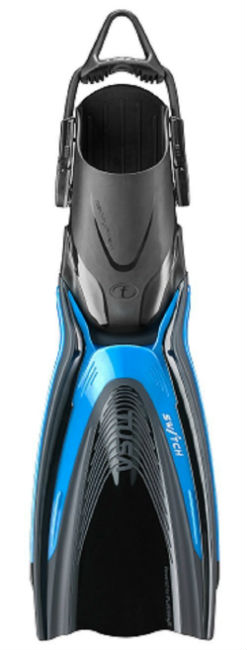
Pros:
- Travel-friendly
- Less effort, good speed
- Comfortable fit
Cons:
- Expensive
- Requires a tool for unbolting the blade from the foot pocket
- Some divers feel the fins lack thrust
2. Apeks RK3
Sometimes, bigger isn’t better. Such is the case with the Apeks RK3 fins which has the standard design of fins used by military, special ops, and Coast Guard divers. It has an all-rubber design with stainless steel spring straps and a short wide, vented blade that was designed for reducing resistance and maximizing forward thrust. While this is more for technical diving, the fins perform well in terms of power vs. stress and maneuverability as well as in frog style kicking.
Pros:
- Great for frog-style kicking
- Good maneuverability
- Great for confined spaces
Cons:
- Not for open water diving that requires swimming into a current
- More for tec-oriented dives
- Some divers felt that the buckle was “a bit fidgety”
3. ScubaPro Seawing Nova Fins
Admittedly, it was the design of these fins that caught our eye. But when you’re in the water, you’re not really going to be concerned how good your fins look. It’ll be all about power vs. stress and comfort. With the Seawing Nova, you generate thrust efficiently with no wasted energy.
Pros:
- Reduced drag and increased propulsion
- Comfortable fit
- Easy on/off
Cons:
- Expensive
- Some divers felt the design looked unappealing (a.k.a ugly)
- Very bouyant under water; some divers may need to adjust their diving style
4. Atomic Aquatics Blade Fin
This was the ScubaLab Tester’s Choice back in 2013 for the Open Heel/Modified Paddles category and it’s still a diver favorite today. The fin makes use of the Power-Loop Monocoque Structure which is, admittedly, a little hard to explain. Suffice it to say that if you have a need for speed while diving, this is the gear you want. Whether your flutter kicking or doing it frog style, you won’t feel any strain as you cut through the water.
Pros:
- Fast and powerful
- No ankle and leg strain
- Easy to maneuver
Cons:
- Expensive
- Not as good when frog kicking
- Not a spring strap
5. Tusa SF-15 X-PERT ZOOM Z3
 Diving Split Fins
Diving Split Fins
The Tusa X-Pert Zoom Z3 is a split-fin type that is basically the upgraded version of the X-Pert Zoom. It has a blade that is 10% longer, the rails have been reinforced, and has 3 new materials incorporated into the design. The 27-degree angled blade design is still present. Along with the new features, divers have found that you are able to produce good propulsion with minimal stress. This means that you are able to go farther with less effort. While it does give you bursts of acceleration, it isn’t able to reach the top speeds of some of our picks. Nevertheless, the powerful propulsion and the lack of leg cramps makes this a crowd favorite.
Pros:
- Powerful and efficient
- No leg or ankle strain
- Very comfortable on the feet
Cons:
- Heavy
- Does not generate as much speed as other fins
- Requires dive boots to produce a snug yet comfortable fins
6. Oceanic Manta Ray Open Heel Dive Fins
Obviously, the Oceanic Manta Ray was inspired by nature. The shape and mechanics of the fins found in marine animals have been incorporated into these fins’ design. It is very lightweight yet powerful and able to propel divers at top speed.
Pros:
- Spring straps
- Great for frog kicking
- Can create a custom fit without tools due to the Easy buckle adjustment
Cons:
- Divers who prefer more flexible fins might not like the stiffness
- Foot pocket is also rigid which might make it an uncomfortable wear for divers with thin feet and boots
- Expensive
7. Seac F1S Open Heel Fin
 Diving Fins for the Money
Diving Fins for the Money
The Seac F1S fin is made of technopolymer double material and comes with a sling strap system. The balance between the soft and hard materials of the fin allows divers to produce good acceleration with less effort. It is extremely lightweight (but does not produce floaty feet) and fit comfortably well on your booted feet. The sling strap system creates a custom grip without requiring you to make any adjustments.
Pros:
- Easy to slip on and off
- Lightweight and travel-friendly
- Less effort, more power
Cons:
- Some divers have complained that the sizes
- The buckle of the strap comes away at times
8. Scubapro Jet Fins
 Dive Fins for Frog Kick
Dive Fins for Frog Kick
If you want to go old school for your diving fins, this pair from Scubapro is a classic. The stiffness of the blade allows you to produce good bursts of acceleration. But that isn’t what makes this such an old-time favorite. The control offered by these fins is what makes them stand out. You can perform delicate maneuvers with these babies. Frog kicking over heavy silt? No problem. Back kicking in a wreck? Game on! It’s the best fins for tech diving.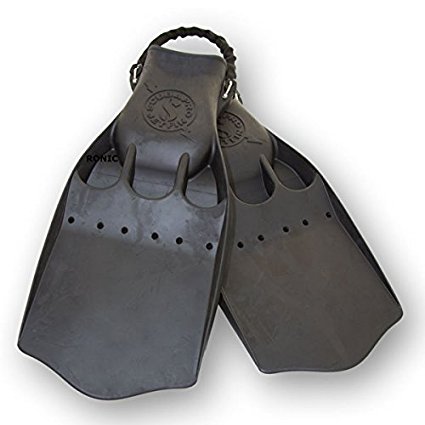
Pros:
- Perfect for frog kicks, helicopter, and back kicks
- Incredibly durable
- Powerful and can perform delicate maneuvers with ease
Cons:
- Not built for flutter kicking as it will tire you out
- Heavy
- Some divers have complained of poor pocket design (too boxy for some feet)
9. XS Scuba Recoil Fins
Unlike the other fins on our list, the XS Scuba Recoil feature 316 stainless steel rib springs incorporated into the bottom of the rails. The fins are made of 100% thermoplastic rubber. The built-in spring stretches on the upstroke which flexes the blade until it reaches a 45-degree angle to the foot pocket. The spring then snaps it back on the downstroke. This enables you to get really good acceleration. It also helps you expend less energy doing the flutter kick with greater power output.
Pros:
- Most efficient fins for flutter kicking
- Durable
- Comfortable fit
Cons:
- There’s a clicking sound after each kick
- Some divers felt it wasn’t good for maneuvering
10. Aqua Lung Stratos 3 Full Foot Fins
 Diving Fins for Beginners
Diving Fins for Beginners
Function and comfort are the two things you instantly notice when wearing this budget pair of full foot fins. Designed for scuba diving and snorkeling, these fins are perfect for divers who love exploring warm waters. The side wings were specifically designed to provide extra stability while the flex point was moved nearer to the foot to add more thrust – everything that a beginner needs to get from dive point A to dive point B without breaking a sweat.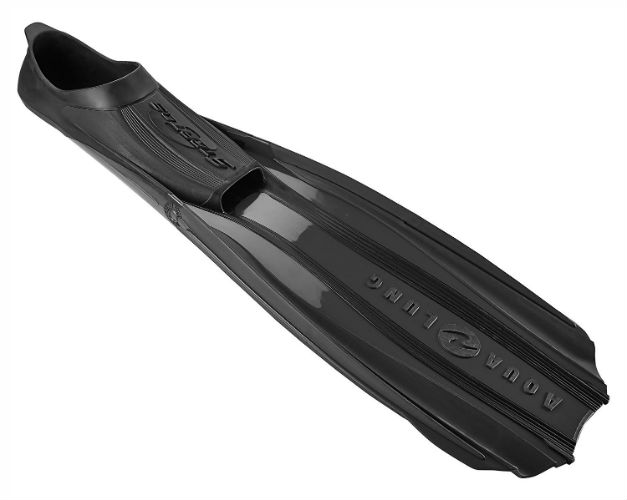
Pros:
- Comfortable fit
- Anti-slip rubber pad so you don’t slip while on the dive boat
- Good propulsion
Cons:
- Not open heel which most divers prefer
- Not fit for cold waters
- Some divers felt that the fins weren’t flexible enough
How To Choose the Best Diving Fins: The Ultimate Buying
There’s no question that you’ll need your own diving fins if you’re planning on exploring the world. Not only will you no longer have to worry about finding your size at the local dive shop, but you also won’t have to think about who used the fins last. Besides, having your own gear will mean that you can find a better fit that will suit your diving style and needs.
Where Will You Be Diving?
Where do you plan to go scuba diving? The place will determine the fins you pick. There are two main types of fins: full-foot and open-heel. Full-foot fins are basically designed like shoes that have fins attached. You wear it barefoot (without dive booties) and perfect for snorkeling. They’re also ideal for diving in warm waters like the Aqua Lung Stratos 3 Full Foot Fins.
Open-heel fins such as the Tusa Hyflex Switch, on the other hand, are designed specifically to be used with dive boots so they have foot pockets that tend to be larger and the strap at the heel is adjustable. Wearing dive boots is important if you plan to dive in cold waters or do some shore diving or a type of diving where you need to walk in your scuba gear.
Blade Type or Split Fin?
Blade vs split fins: which ones win the battle? Well, it depends! Blade type fins are those that have one continuous piece of material. It may have vents (a.k.a. holes) but generally, you have one solid fin. Split type fins are, as the name implies, split right down the middle. Now, split fins were specifically designed to create a reasonable amount of forwarding movement with minimal effort. This means you get to conserve air because you don’t have to put too much effort into your kicks.
Split fins are therefore popular with beginner divers, those with knee or ankle problems, divers who haven’t mastered a good kicking style yet, or those who are prone to leg cramps.
Are They Comfortable?
This is, perhaps, the most important factor you need to consider when buying fins. And we’re not talking just about fit either. It’s imperative that your feet are comfortable inside the fins you chose because you definitely don’t want to get blisters. This applies to your diving watch. They both need to be comfortable to experience the best of underwater. But you also have to consider comfort in terms of how it feels to use the fins. Do you feel stable using the fins? Or do they keep you from enjoying your dive?
The Versatility of the Fins
The pair of fins you choose must be versatile enough to be used in different settings. They should be non-intrusive and capable of being used for underwater swimming. You should be clear on whether the fins can be used for freediving, spearfishing or scuba diving. A versatile pair of fins should be able to work no matter the function to which you choose to put them. They shouldn’t just be for shallow water swimming or snorkeling.
Type of Foot Pocket
There are different types of foot pockets that can be used on diving fins. The first is the open heel fins, which are great for diving in cold water, where you may have to wear boots. Open heel fins are designed to accommodate boots. They have heel straps which wasp around the boots. You may adjust the straps for extra comfort. The second type consists of the full foot fins, which are perfect for use in warm water. Here, you don’t need to wear boots. They encompass the entire foot and remove the need for boots.
What Kind of Accessories Does It Come With?
When you buy your diving fins or any other diving accessory such as the dive lights, you may require some essential accessories so as to use them properly. The following are some of the accessories that the fins would need to come with.
- Spring Straps. These are the best when it comes to firmly holding the fins onto your feet. They work much better than the rubber fin straps.
- Utility Straps. Utility straps make it possible for the fins to remain onto your feet when the diving expedition ends. That way, you won’t have to lose the fins just because you are exhausted.
- Permanent Marker. The work of the permanent marker is to help you label the fins with your name. That way, you will avoid picking another diver’s fins or losing yours to a friend. You may even include your contact information just in case someone picks your fins.
- Fin Bag. The work of a bag is to help you conveniently carry the fins and the rest of your gear. The bag also protects your fins from unnecessary damage.
- Replacement Straps. Who knows, your fin straps might get broken or wear out? If you have replacement straps, you wouldn’t have to worry about what to do about it. You can simply replace the worn-out straps and continue diving.
Size of Diving Fins
So, how do you determine the size of diving fins you should buy? If you prefer full foot fins, then you should use your shoe size as a guide. However, open heel fins are somewhat tricky. With these, it isn’t just the shoe size you should consider. Pay attention to the brand as well as the neoprene type you use. If you have a high arch, it is best to go for a loosely fitting diving fin. Since the sizes aren’t standardized, you need to give it a closer look to find the right fins for you. If anything, fin sizes tend to change from one brand to another. You may have to actually measure your feet to know the fin sizes you should be going for.
When it comes to choosing your diving fins, the experts can only help you as far as providing necessary information based on their experience. It’s really mostly up to you. With this kind of information, you should be able to make an informed choice. You can then go ahead and enjoy your scuba diving experience.


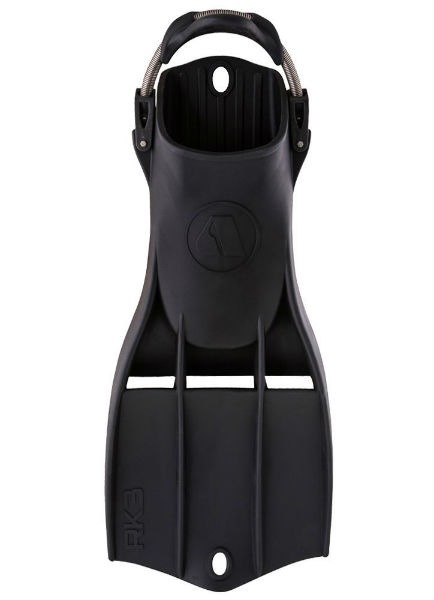
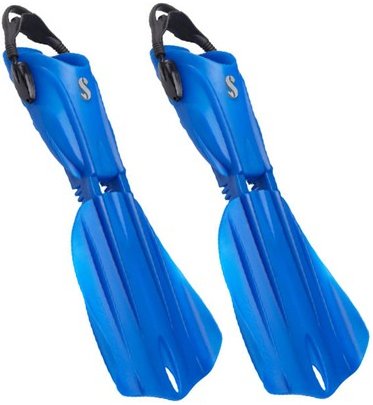
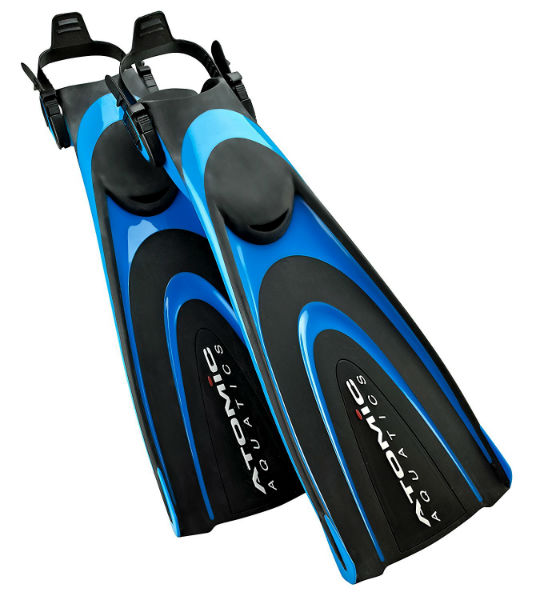
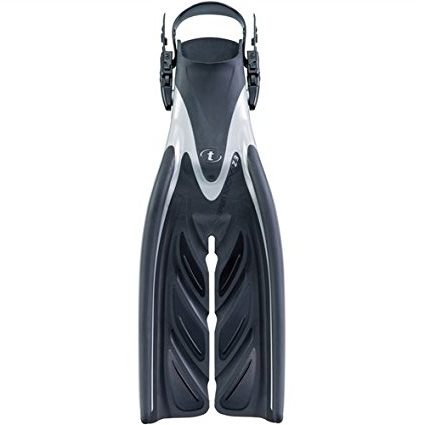
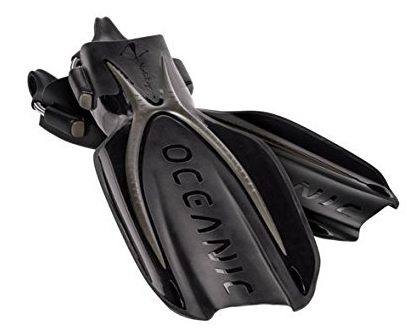
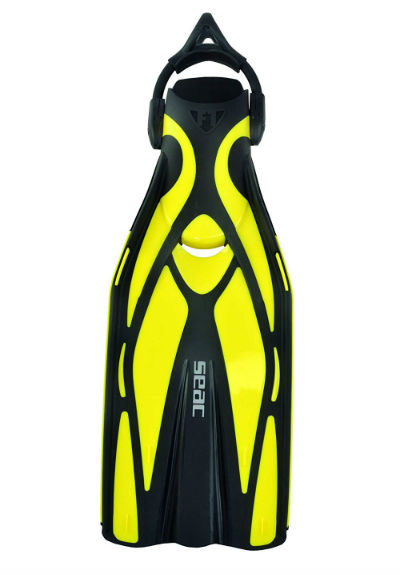
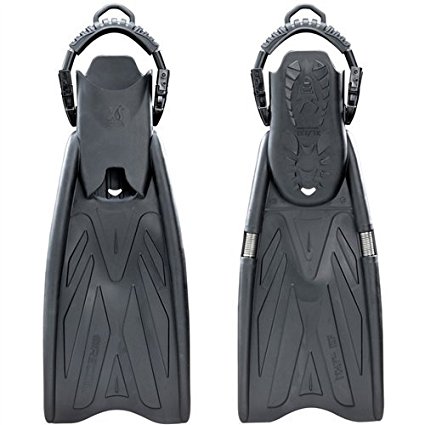




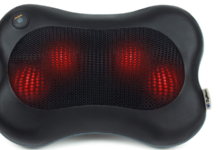
![Best Money Belts For Your Safe And Secure Travel [Updated April 2020] best money belts](https://www.awebtoknow.com/wp-content/uploads/2017/07/best-money-belts-218x150.jpg)





![Best Crochet Hooks for Beginners and Pros [2020 Update] best crochet books](https://www.awebtoknow.com/wp-content/uploads/2018/01/best-crochet-books-100x70.jpg)


